Cricket
Will India give Todd Murphy a chance to shine?
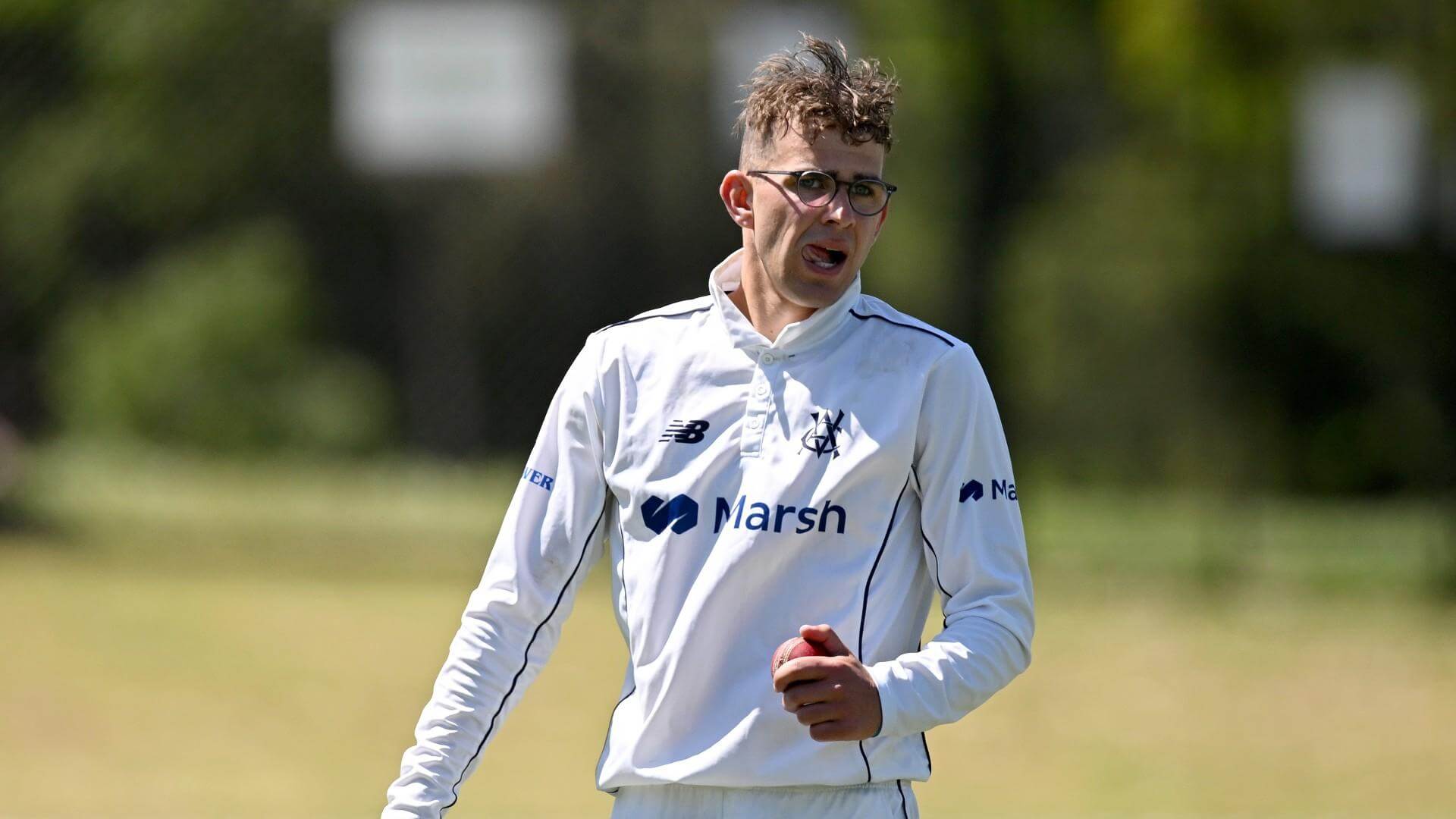
Todd Murphy has only six years of offspin bowling experience. In the past eleven months, Todd Murphy had played only one first-class game. After that, he added only six more.
Nevertheless, the 22-year-old could make his Test debut for Australia against India alongside his coach Nathan Lyon in Nagpur on Thursday.
It would be a similar rise from obscurity to Lyon’s in 2011. Todd Murphy’s rise, while equally rapid, was in a more traditional fashion. Craig Howard, a former legspinner at Victoria and current coach of the Victoria and New Zealand women’s teams, spotted his talent and took Todd Murphy into Victoria’s age-group programmes.
Todd Murphy represented Australia at the 2020 U19 World Cup, travelled to Sri Lanka last year with the Australian senior national team and travelled to Chennai to train with a select group of young Australian players at the MRF Academy. He has played two of his seven first-class games for the Australian senior team, if you count his standout performance for the Prime Minister’s XI against the West Indies in November, which was essentially an Australian senior team.
Howard is convinced Murphy has what it takes to succeed when he’s called into action in Nagpur.
“He’s very adept at adapting to conditions on the fly,” Howard told ESPNcricinfo. “We’ve made sure his seam position is adaptable from the start. And we often discuss which conditions call for high overspin, which call for high sidespin and which call for something in between.
“He’ll know what to do if they produce total ragers. He needs to play with high sidespin, a little bit of undercut and a little bit of overspin and combine that axis with occasional high overspun and a little bit of cross-seam stuff where you get natural variety from the shiny side where he slides and sometimes hits the seam and holds.
“There are a lot more subtle variations over there, but a lot of those little variations just don’t work in Australia.”
Over the past six months, there has been much speculation in Australian cricket that Murphy has quickly risen to become the second-best red-ball spinner in the country. Yet selectors refused to nominate him for the final Test in Sydney against South Africa, opting instead for two spinners. Coach Andrew McDonald stressed the importance of selecting the best spinner to complement Lyon, which meant orthodox left-arm bowler Ashton Agar was given preference.
The fact that Travis Head has turned out to be a part-time off-spinner has only exacerbated the situation. Can Australia field two specialist offspinners in India, backed up by a third offspinner on a part-time basis, while having only part-time options for the legspin in Marnus Labuschagne and Steven Smith? Captain Pat Cummins is thinking about it.
“That’s a possibility. If we’re going to use two spinners, we need to balance that,” Cummins explained on Saturday. “Do we want a variety of offspinners or just two? So there’s no reason why we shouldn’t go that route. Travis Head, who throws excellent offspin, is also on the team. We have a wide range of options from which to choose
The fear is that two offspinners will not be able to compete with India’s top order, as the first four players will all be right-handed and there will be only one left-hander in the top six.
Fast left-armer Mitchell Starc will also miss the first Test, so there will not be much to pick from outside the right-handers’ off-stump.
Despite their differences as off-spinners, Howard believes Murphy and Lyon can play together in a team. Murphy has an excellent record against right-handers in his short First Class career: He has an average of 26.7 and a batting average of 62.2, putting him well ahead of Agar and even leg-spinner Mitchell Swepson.
“It’s fascinating. “Murph’s numbers against right-handers are just as good as they’re against left-handers,” Howard noted. “There’s no reason why [they can’t play together]. If the two top spinners are outstanding and spin the ball the same way, it shouldn’t be a problem, and since they’re slightly different in the way they play, there should be no reason why they can’t play together, especially if they can get Marnus going again.
“I’ve seen him manage to bubble out of the rough and hit guys in the chest and things like that. So if we could get him going again on this tour, he’d be a tremendous asset to the back end of the team when you need someone to throw the ball out of the craters that the right-arm quicks create over the wicket.”
Agar went wicketless on his Test debut in Sydney and has taken just 10 wickets at 75.9 in 12 First Class matches since 2019, batting at 171.5.
Despite his support for Murphy, Howard admires Agar and has already worked with him during a CA spin camp in 2019. He believes Agar could be a useful option in India if the pitches are favourable.
However, he admits that Agar’s recent focus on becoming an outstanding T20 bowler has significantly affected his ability to progress in red-ball bowling.
“In a nutshell, that’s it. “It’s quite difficult,” Howard said. “Because in red-ball cricket you need five to six good balls per over, whereas in one-day cricket it’s four to six. But in T20 cricket, you may only give your best ball once per over.
“It’s really difficult to then go back and hit a stick ball five out of six times in an over for those conditions. But he’s a very good cricketer [Agar]. I’ve no doubt he’ll invest time now to make sure it’s not just flicks and swingers, but just find a ball that works in these conditions and play it again and again.
“Over the last few years, his red ball game has really improved. To be honest, he doesn’t get to bowl very often. I’m sure he’s put a lot of effort into it. He’ll be prepared. When the [pitches] are abrasive, like the ones that really go, he really works up a sweat.”
Cricket
1000 Runs in ODIs: Kohli’s Cricket Legacy
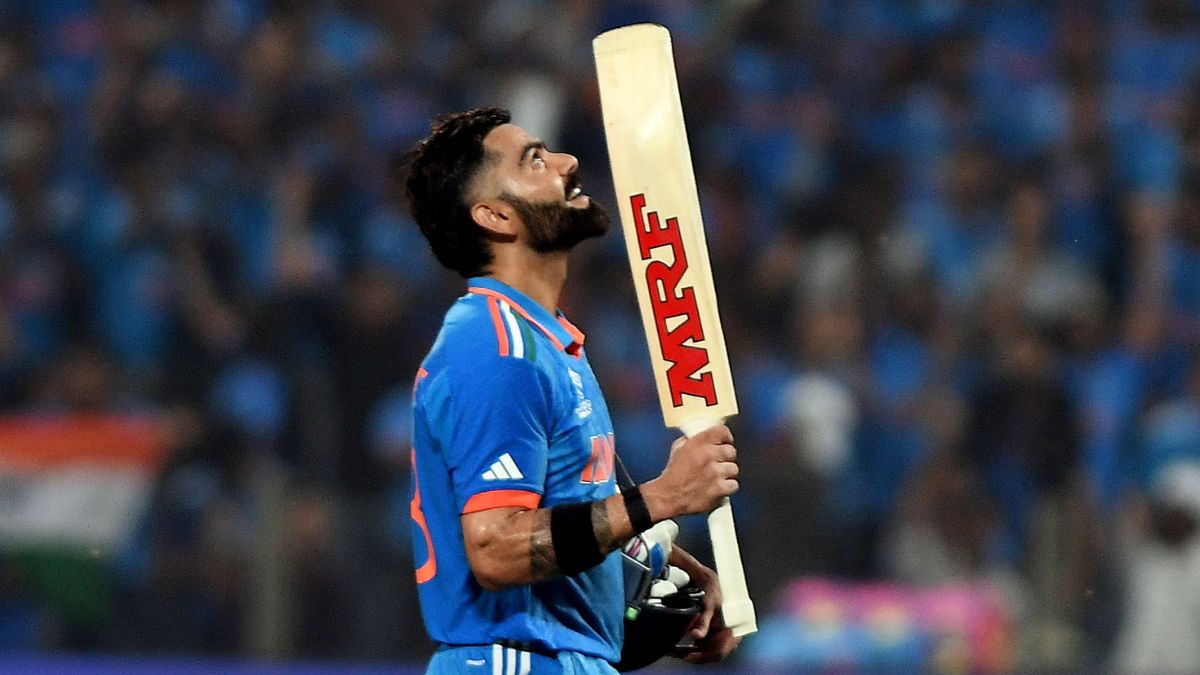
On Thursday, November 2, Virat Kohli achieved an accomplishment. He became the batsman to surpass 1000 runs in ODIs in 2023, following in the footsteps of Shubman Gill and Rohit Sharma. Not that,. He also joined Rohit Sharma, Shubman Gill, and Pathum Nissanka as the fourth players to achieve this impressive record in the 50-over format within the same year.
Stepping into History with 1000 Runs in ODIs
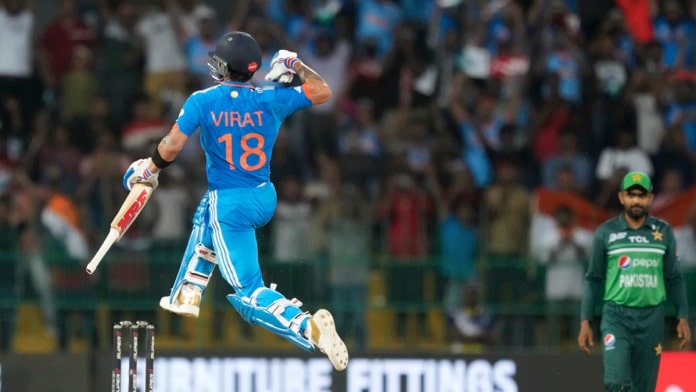
Entering the realm of history, Kohli’s unwavering determination and exceptional skills were put on display during his match in 2023. Notably, the cricket maestro, now 34 years old, made an indelible impact by surpassing Sachin Tendulkar‘s record, securing the most number of years with 1000 runs in ODIs. Kohli’s consistent ability to perform at such an exceptional level has been a defining characteristic of his illustrious career, as he had previously achieved this monumental milestone in 2011, 2012, 2013, 2014, 2017, 2018, and 2019, before accomplishing it once again in the present year of 2023.
Sachin Tendulkar with god of cricket Virat Kohli pic.twitter.com/zmztejNBBB
— Kevin (@imkevin149) November 2, 2023
An Unforgettable Journey
In an intense World Cup 2023 clash against Sri Lanka at the renowned Wankhede Stadium in Mumbai, Virat Kohli’s pursuit of this historic milestone was realized with an impressive 34 runs. Despite facing challenges, including a rare duck against England at the Ekana Stadium in Lucknow, his overall performance throughout the year has been nothing short of spectacular.
Kohli’s memorable journey was highlighted by an unbeaten century during India’s triumphant seven-wicket victory against Bangladesh at the Maharashtra Cricket Association (MCA) Stadium in Pune. Adding to his illustrious record, he solidified his stature with a brilliant 95 runs, making a significant contribution to India’s thrilling four-wicket win over New Zealand led by Tom Latham at the Himachal Pradesh Cricket Association (HPCA) Stadium in Pune.
Cricket
Shaheen Shah Afridi: Fastest to 100 ODI Wickets

Shaheen Shah Afridi, on Tuesday, October 31, achieved a remarkable feat, becoming the third fastest bowler to secure 100 wickets in ODIs. His outstanding performance during Pakistan’s World Cup 2023 match against Bangladesh at the renowned Eden Gardens in Kolkata led to this historic accomplishment.
A Landmark Moment
In the thrilling encounter, Shaheen clinched his 100th wicket in only his 51st match, dismissing Tigers’ opening batter Tanzid Hasan Tamim. The left-arm fast bowler displayed exceptional skill as he struck Tamim on the pads, prompting the on-field umpire to raise his finger. Despite Tamim’s referral to the third umpire using the Decision Review System (DRS), the replays confirmed the ball crashing into the stumps, upholding the on-field decision. Bangladesh lost their first wicket with the scoreboard reading 0 in just 0.5 overs.
Shaheen Afridi soars high yet again with another feat to his name 🦅#CWC23 | #PAKvBAN pic.twitter.com/IlQQ6P5xYK
— ICC Cricket World Cup (@cricketworldcup) October 31, 2023
Surpassing Preceding Records
Shaheen Shah Afridi not only secured this feat in record time but also outshone the accomplishments of esteemed bowlers preceding him. He surpassed the record of the fastest pacer, previously held by Mitchell Starc, who attained the milestone in August 2016 during an ODI against Sri Lanka at the R. Premadasa Stadium in Colombo.

Legacy of Excellence
Moreover, Shaheen shattered the long-standing record held by Saqlain Mushtaq, becoming the fastest Pakistani bowler to claim 100 wickets in ODIs. Saqlain had set this record on May 12, 1997, during an ODI against Sri Lanka in Gwalior. It is notable that among the Pakistani fast bowlers, the accomplished Shaheen Shah Afridi follows in the footsteps of the legendary Waqar Younis, who achieved the 100-wicket mark back in February 1993 against Zimbabwe in Sharjah.

Beyond ODIs
Demonstrating his prowess beyond ODIs, Shaheen has made significant contributions in Tests and T20Is as well. Since his debut in 2018, he has garnered 105 wickets in Tests and 64 wickets in T20Is. His exceptional journey began with a strong performance in the U19 World Cup in New Zealand. Notably, he played a pivotal role in Lahore Qalandars’ consecutive victories in the Pakistan Super League (PSL).
A Testament to Talent and Dedication
Shaheen Shah Afridi’s rapid rise to 100 ODI wickets within 51 matches underlines his exceptional talent and unwavering dedication to the sport. As he continues to leave an indelible mark on the cricketing world, his journey serves as an inspiration for aspiring cricketers worldwide. With his remarkable achievements, Afridi has solidified his place in the annals of cricket history, etching his name as one of Pakistan’s most formidable and promising fast bowlers.
Cricket
ICC World Cup: Shoaib Akhtar says, ‘Mai India ki tareef kyu na karu’

Former Pakistan fast bowler Shoaib Akhtar has recently expressed admiration for India’s dominant performance in the ongoing 2023 ICC World Cup. With India securing victories in all six matches, Akhtar highlighted the team’s exceptional display across various aspects of the game. Although the recent batting performance against England in Lucknow was relatively modest, India’s fierce bowling attack, led by Mohammed Shami and Jasprit Bumrah, proved instrumental in securing a remarkable win. This triumph not only solidified India’s leading position on the points table but also exacerbated England’s struggles in the tournament, leaving them virtually eliminated.
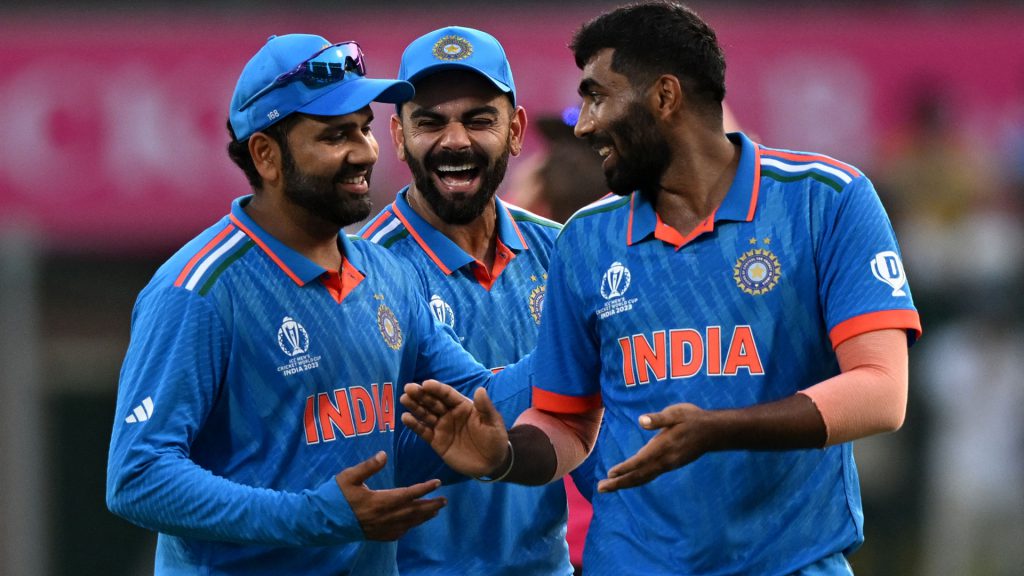
India’s Remarkable Bowling Transformation
In his analysis, Akhtar emphasized the transformative impact of Shami’s inclusion in India’s playing eleven following Hardik Pandya’s injury. Acknowledging Shami’s outstanding performances against New Zealand and England, Akhtar credited India’s ability to win matches through their bowling prowess, showcasing a shift from their traditional reliance on batting strength. He commended the collective effort of the Indian bowling unit, particularly recognizing the strategic brilliance of fast bowler Bumrah.
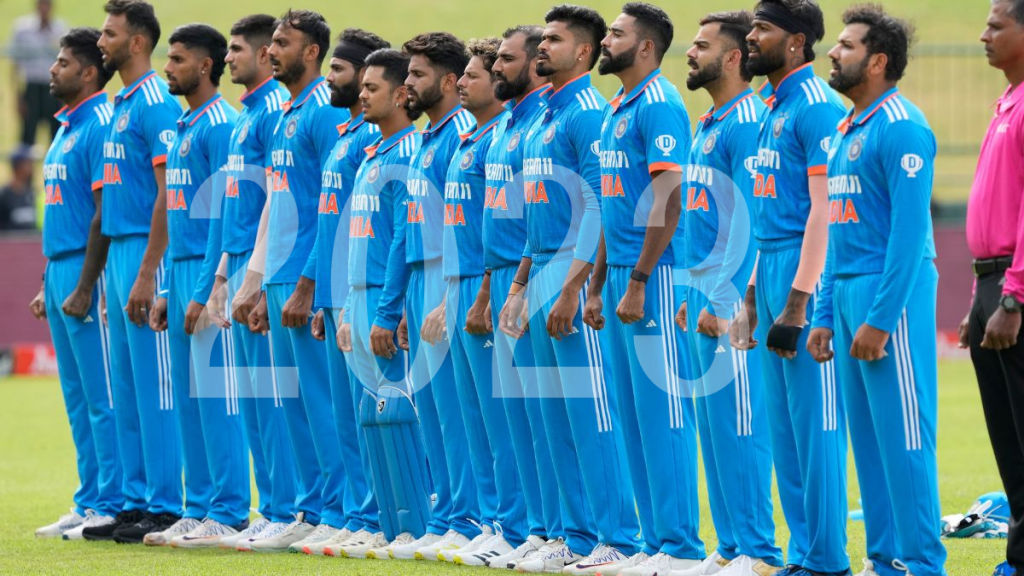
India’s Path to World Cup Glory
Looking ahead, Akhtar voiced his confidence in India’s potential to secure their third ODI World Cup trophy, highlighting the team’s upcoming matches against Sri Lanka, South Africa, and the Netherlands. Expressing optimism, he emphasized the significance of maintaining their unbeaten streak en route to the final, setting the stage for a potential historic ICC World Cup victory. However, Akhtar cautioned against compromising the successful bowling unit once Pandya returns to full fitness, warning against the potential detriment of a partially fit Pandya’s inclusion at the expense of a bowler.
Akhtar’s Praise for India and its Response to Criticism
Addressing skepticism surrounding his praise for the Indian team, Akhtar reiterated the exceptional nature of India’s performance, particularly in their ability to defend a modest total with a significant margin of victory. Undeterred by criticism, Akhtar reaffirmed his admiration for India’s exceptional cricketing prowess, urging acknowledgment and appreciation of their commendable achievements.
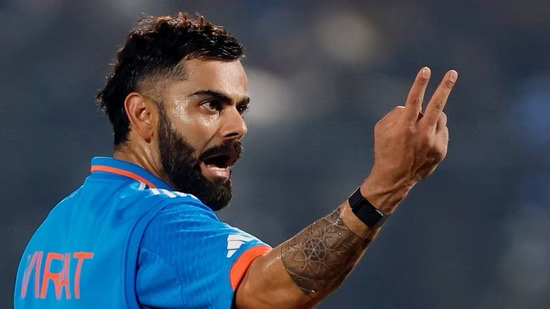
Shoaib Akhtar’s Perspective on Virat Kohli
Shifting focus, Akhtar’s history of praise extends beyond team performances to individual players, notably including former Indian team captain Virat Kohli. Reminiscing on Kohli’s resilience during a challenging phase in his career, Akhtar highlighted the pivotal role played by Kohli’s consistent century-scoring performances, leading to India’s victories. Recognizing Kohli’s contribution to the team’s success, Akhtar emphasized the significance of Kohli’s monumental centuries during crucial chases, solidifying his status as a crucial asset for the Indian cricket team.
In a comparison between Kohli and the legendary Sachin Tendulkar, Akhtar acknowledged Tendulkar’s status as one of the greatest batsmen while highlighting the challenges Tendulkar faced as a captain. Drawing parallels, Akhtar expressed confidence in Kohli’s eventual resurgence, expecting him to return to his prolific scoring form once he finds his equilibrium.
In summary, Akhtar’s acknowledgment of India’s exceptional performance and his recognition of individual players’ contributions underscore the team’s formidable presence in the 2023 ICC World Cup, setting the stage for a potential historic triumph in the coming days.



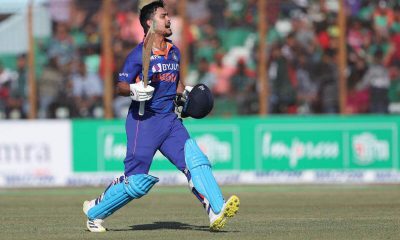





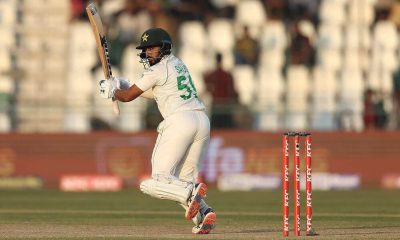







Pingback: Pat Cummins Hints at Surprise Inclusions in Australia's Team. - Sportsloop